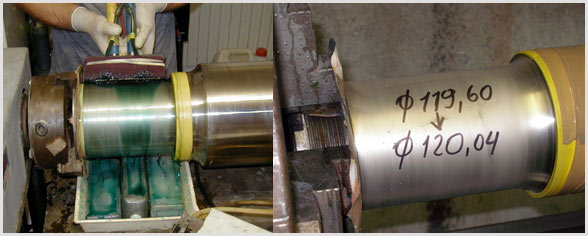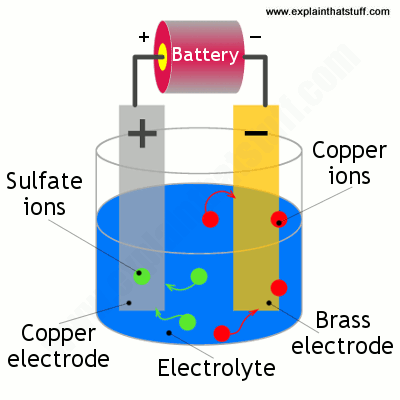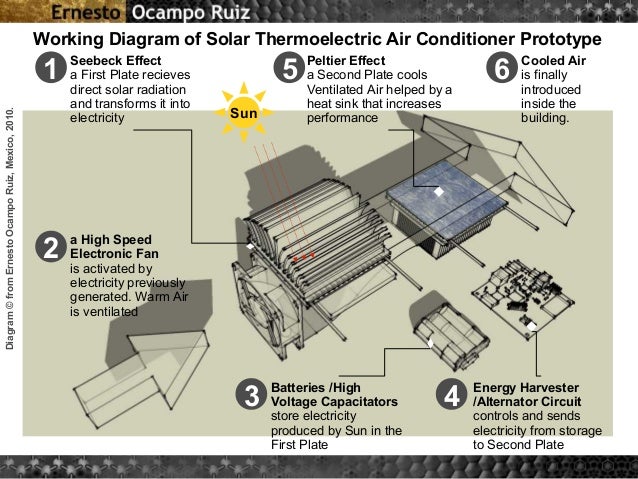When a substance is heated, its constituent particles move around more quickly and by doing so generally maintain a greater average
separation.
Materials that contract with an increase in temperature are very
uncommon; this effect is limited in size, and only occurs within limited
temperature ranges. The degree of expansion divided by the change in
temperature is called the material's coefficient of thermal expansion and generally varies with temperature.
The term
thermal expansion refers to the increase in size of an object as
that object is heated. With relatively few exceptions, all objects expand
when they are heated and contract when they are cooled. Perhaps the most
important exception to this rule is water. Water contracts as it cools
from its boiling point to about 39.2°F (4°C). At that point,
it begins to expand as it cools further to its freezing point. This
unusual effect explains the fact that ice is less dense than water.












